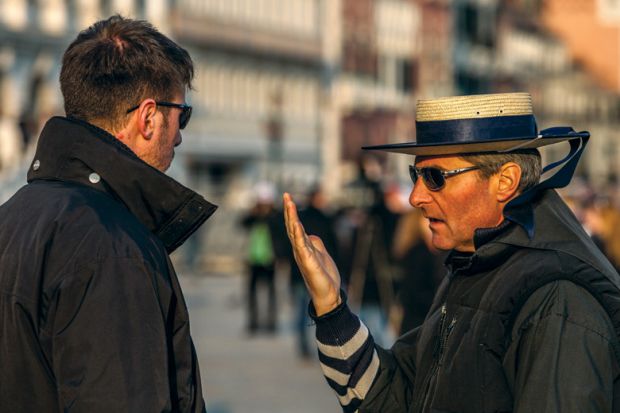As a Rhodes scholar at the University of Oxford in the 1950s, the Canadian philosopher Charles Taylor found anglophone analytic philosophy disappointing: too much scrupulous dissecting of definitions within a series of narrowly circumscribed issues. He turned to continental philosophy for a sense of life, history and large horizons, and became an early enthusiast for mixing the two philosophical traditions. Characteristically, his latest book transgresses the boundaries of usually distinct philosophical topics, incorporating disciplines outside philosophy: anthropology, sociology and developmental psychology. Philosophy of language becomes the doorway to metaphysics, politics and ethics, and to working out the nature of modernity and what it has made us.
Debates on the nature of language have preoccupied philosophers since the 17th century, as Taylor says, ever since what he denominates the Hobbes-Locke-Condillac (HLC) theories. According to these, language is principally a matter of naming and describing, and its starting point is the individual human who labels her own mental representations of the things outside her. By uttering sounds that correspond to these internal classifications, she conveys them into other people’s minds, and ultimately many individuals’ private languages converge into common speech.
But, argues Taylor, no part of reality is in itself pre-packaged as “a bit of potential information” ready for labelling. “Objects” (which include feelings and institutions) are transformed or even created by the way they are designated. And the designations are not a series of discrete, and discretely generated, labels; words have meaning only within the context of other concepts, and these concepts’ past and potential usages. Otherwise they would be no different from the signings for “banana” and “want” that chimpanzees are painstakingly trained to make.
Often associated with communitarianism, a political theory that emphasises the connection between individual and community, Taylor argues that words and humans acquire identity only as part of a “common linguistically constituted world”. Invoking psychological research, he claims that the infant, initially lacking “autobiographical memory”, attains self-awareness by mimicking the adults who play with her. Similarly, by their self-descriptions, humans have created culturally various “topographies of the self”, both as inner landscape and as citizen. When “We the People of the United States” was first written down in the American Constitution, it did actually constitute the United States and its people. Language is an embodied sharing, says Taylor, and its “performative” quality extends into gesture, dress, ritual. The cool dude is “saying something” socially comprehensible by means of his motorbike, swagger and leather jacket. When I say “I’m sorry”, that very utterance serves to heal a breach between us.
None of this is new; nor does it pretend to be. But Taylor rightly insists that it still needs saying because, despite HLC theories being largely dropped, their distorting atomisations persist. They underlie the notion that language is essentially information-coding, and just an accumulation of conditioned responses, so that well-drilled chimpanzees could count as language users, and well-programmed computers as thinkers.
For Taylor, veteran campaigner against the naturalism that seeks to render humans mere biological mechanisms, language is part of a mythical narrative that we jointly weave. But, improvement as his Hamann-Herder-Humboldt view of language is to the atomised HLC view, it nonetheless leaves us with the same chicken-and-egg problem, in reverse: how does the interwoven holism of meaning and of humanity actually get under way? Perhaps the promised second part to The Language Animal will enlighten us further.
Jane O’Grady is visiting lecturer in philosophy of psychology, City University London, and co-founder, London School of Philosophy.
The Language Animal: The Full Shape of the Human Linguistic Capacity
By Charles Taylor
Belknap Press/Harvard University Press, 368pp, £25.95
ISBN 9780674660205
Published 31 March 2016
POSTSCRIPT:
Print headline: Many people, many tongues
Register to continue
Why register?
- Registration is free and only takes a moment
- Once registered, you can read 3 articles a month
- Sign up for our newsletter
Subscribe
Or subscribe for unlimited access to:
- Unlimited access to news, views, insights & reviews
- Digital editions
- Digital access to THE’s university and college rankings analysis
Already registered or a current subscriber? Login




